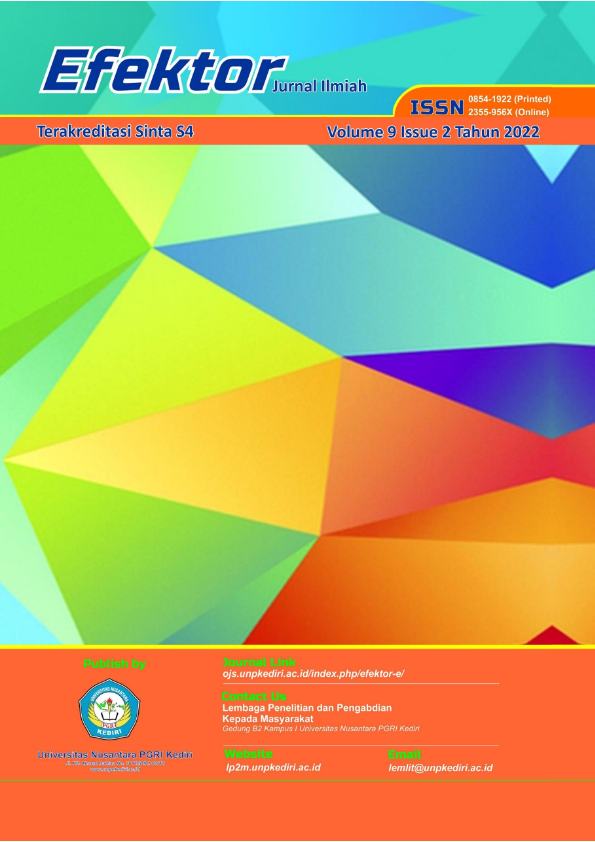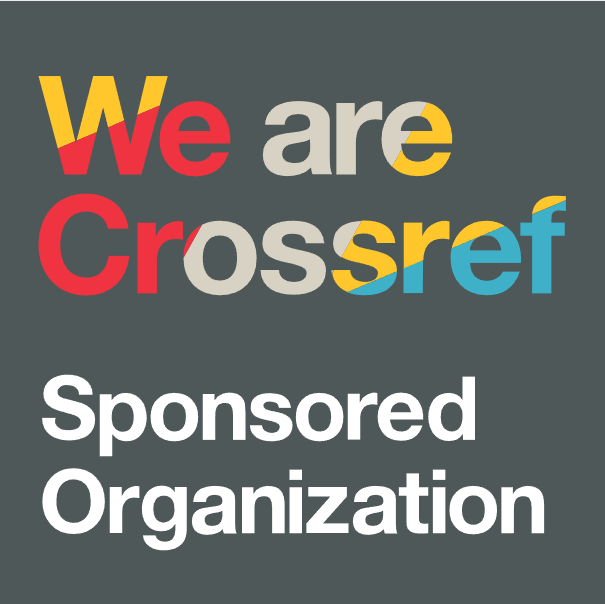Performa Segmenting Targeting Dan Positioning Untuk Mempertahankan Mind Share Pada Produk Bolu Kering Mak Plengeh UD Wahyu Jaya Kota Kediri
DOI:
https://doi.org/10.29407/e.v9i2.16756Keywords:
Segmenting, Targeting, Positioning, Mind ShareAbstract
The company's competition not only focuses on the marketing mix but must exist to show the formulation of strategic innovations. Mak Plengeh's dry cake is a superior product of UD Wahyu Jaya Kediri; appropriately apply segmenting, targeting, and positioning (STP) strategies to maintain mind share. This study aims to determine the performance of STP to keep the mind share of Mak Plengeh dried sponge products. The research used a descriptive qualitative approach. They collect data through observation, interviews, and documentation. They checked the validity of research findings using source triangulation. The results: (1) Segmenting includes: Kediri and Surabaya, aged 5-70 years, both male and female, alpha generation to baby boomers, the lower middle class, consumptive, like snacks, consumed by individuals and various events, consumers feel satisfied and make repeat purchases, teenagers order online while adults go offline (2) Targeting, distributors and packaging are a relatively large and profitable market segment, recruiting office employees who have skills, while the production department is inexperienced, the smiling character is a power of differentiation, the company provides training, briefings, and routine performance evaluations, consistently innovate its products, has a large production volume, provides good service, and is consistent with quality. (3) Positioning by providing testers, licensing information, and materials used so products can be purchased anywhere and responsive to the market.
References
AAssauri, S. (2017). Manajemen Pemasaran. PT Raja Grafindo Persada.
Bencsik, A., Juhász, T., & Horváth-Csikós, G. (2016). Y and Z Generations at Workplaces. Journal of Competitiveness, 6(3), 90–106. https://doi.org/10.7441/joc.2016.03.06
Creswell, J. W. (2017). Research Design: Pendekatan Metode Kualitatif, Kuantitatif, dan Campuran. Pustaka Belajar.
Fauji, D. A. S. (2017). MODEL ADOL – TITIP : SEBUAH UPAYA WIN – WIN SOLUTION BERBASIS KEARIFAN LOKAL PADA PELAKU USAHA MIKRO DI KOTA KEDIRI. Seminar Nasional & Call For Paper, FEB Unikma “Peningkatan Ketahanan Ekonomi Nasional Dalam Rangka Menghadapi Persaingan Global,” 1, 316–325. https://semnas.unikama.ac.id/feb/unduhan/publikasi/2815061180.pdf
Hasan, A. (2014). Marketing. Media Pressdindo.
Kartajaya, H. (2006a). On Marketing. PT Gramedia Pustaka Utama.
Kartajaya, H. (2006b). On Marketing. PT Gramedia Pustaka Utama.
Kartajaya, H. (2007). On Segmenting. PT Mizan Pustaka.
Kartajaya, H. (2010). Grow with Character: The Model Marketing. Jakarta: PT. Gramedia Pustaka Utama. (B. Asmara (ed.)). PT Gramedia Pustaka Utama.
Kotler, P., Kartajaya, H., Huan, H. Den, & Liu, S. (2005). Rethinking Marketing. PT Indeks.
Moleong, L. J. (2017). Metodologi Penelitian Kualitatif. PT Remaja Rosdakarya.
Rahmawati, A., & Aulawi, H. (2020). Dampak Penerapan Segmentation, Targeting, Positioning PT Kimia Farma Pada Pasar Nasional. Jurnal Administrasi Kantor, Vol. 8, No(2), 209–222. http://ejournal-binainsani.ac.id/index.php/JAKBI/article/view/1458/1247
Rismawati, F., Wahyuni, S., & Widodo, J. (2018). Strategi Pemasaran Stp (Segmenting, Targeting, Positioning) Larissa Aesthetic Center Cabang Jember. JURNAL PENDIDIKAN EKONOMI: Jurnal Ilmiah Ilmu Pendidikan, Ilmu Ekonomi Dan Ilmu Sosial, 13(2), 68. https://doi.org/10.19184/jpe.v13i2.10793
Tjiptono, F., & Chandra, G. (2017). Pemasaran Strategik. Andi.
Wahyuni, S. (2015). Strategi Marketing University Hotel UIN Sunan Kalijaga (Analisis Marketing Hermawan Kartajaya). Universitas Islam Negeri Sunan Kalijaga Yogyakarta.
Wijaya, H., & Sirine, H. (2016). Strategi Segmenting, Targeting, Positioning Serta Strategi Harga Pada Perusahaan Kecap Blekok Di Cilacap. Ajie, 1(3), 175–190. https://doi.org/10.20885/ajie.vol1.iss3.art2
Xu, X., Bu, Z., & Fan, Z. (2020). Research on Marketing Strategy of B2C E-Commerce Platform Based on Marketing Strategy Triangle Model. Advances in Economics, Business, and Management Research, 126, 314–315. file:///C:/Users/USER/Downloads/STV (1).pdf
Downloads
Published
Issue
Section
License
Authors who publish with this journal agree to the following terms:
- Copyright on any article is retained by the author(s).
- The author grants the journal, the right of first publication with the work simultaneously licensed under a Creative Commons Attribution License that allows others to share the work with an acknowledgment of the work’s authorship and initial publication in this journal.
- Authors are able to enter into separate, additional contractual arrangements for the non-exclusive distribution of the journal’s published version of the work (e.g., post it to an institutional repository or publish it in a book), with an acknowledgment of its initial publication in this journal.
- Authors are permitted and encouraged to post their work online (e.g., in institutional repositories or on their website) prior to and during the submission process, as it can lead to productive exchanges, as well as earlier and greater citation of published work.
- The article and any associated published material is distributed under the Creative Commons Attribution-ShareAlike 4.0 International License













